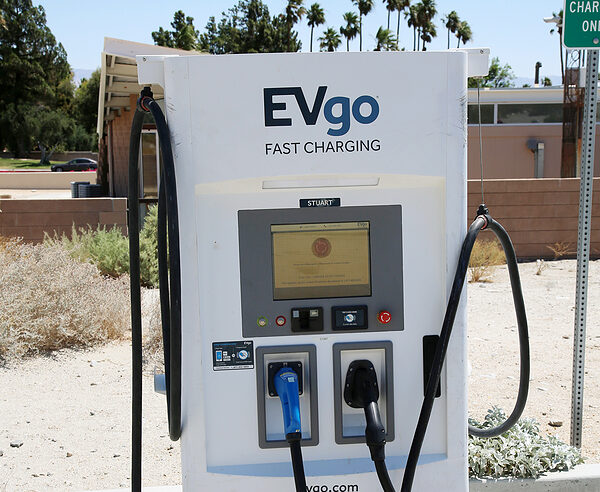Pennsbury School Board Poised to Approve a New High School

On Thursday, the Pennsbury School Board is slated to vote on whether to go ahead with a new high school to replace both the west and east campuses instead of renovating the west campus building. Both existing schools would be razed.
School District Chief Financial Officer Chris Berdnik told DVJournal, “The target for the high school project is $250 million. The bond issues in question include other capital projects, such as the close out of the Boehm Middle School renovation/addition.”
However, a presentation to the finance committee by PFM Financial Advisors showed the district would pay $911 million for the new school plus existing debt service through a “wrap-around” bond issue. The bond issue is structured so the district makes lower payments at the beginning and higher toward the end, with the bonds retiring in 2061.
During public comment at the Nov. 9 facilities committee meeting, Lower Makefield resident Tim Daly said he was not against building a new high school. Still, he would like a straightforward analysis of the cost of renovating the building, which underwent a previous renovation in 2005. The district’s estimate for that is $175,000.
“That’s greatly concerning. So, I’m all for a new building, but it’s about what we can properly afford. And I don’t think that we have put our best foot forward. Because if (Superintendent) Dr. Thomas Smith had decided from the beginning, he would not want to do the renovation. And he has stated it over and over and over again. And it’s not his choice. It’s the school board’s choice. His job is to do what he’s told when he’s told to do it or get out,” said Daly.
Daly said labor unions, which donate to the Democrats who control Bucks County, would benefit more from a new building than a renovation.
“And obviously, all of us in the room have read the newspapers, and we’re aware of the federal investigation that is going on for which Pennsbury has twice been part of those federal investigations in the past (for) building projects because of the involvement of one particular union that is the focus of this investigation,” he said.
“And that if you’re going to move forward with the double-demolition new building, I’m going to ask that no union under federal investigation be allowed to produce any services on this project until that investigation is officially closed,” said Daly.
Robert Abrams, also from Lower Makefield, said a second opinion was needed and asked the school board to “go back to the drawing board and give us a new number.”
“Which means, if we’re right and you’re lowballing, that’s fraud,” said Abrams.
“If we do arbitrage like PFM suggests and the market tanks, they call the bonds and reissue the bonds and get paid a second time, and a third time, and a fourth time at a $1 million a pop. This is about PFM. This is not about Pennsbury,” said Abrams.
“Without a second opinion, I think any board member who votes for it should be held personally liable because they didn’t do their due diligence and they did not complete their fiduciary duty to the taxpayers. And they did not complete the job they were sworn in to do,” he said.
Newly elected school Board member Donna Abrescia asked the board to wait until December to vote on whether to build a new high school.
“One can only assume this is being rushed through to use the vote of a lame-duck board member,” Abrescia said. “This is the largest spending package posed to the taxpayer probably in the history of the district except when we actually built the schools. And it’s going to impact taxpayers and our tax rolls for decades to come.
“There are far too many considerations and questions to push this through,” she said. “The numbers are all over the place. Tonight, they were different than what I saw a month ago. I’m just asking that we slow down and wait for the new board to be sworn in. We were elected to do what’s best for Pennsbury as a whole, and we owe it to our students and our taxpayers to be sure the numbers presented are fully vetted and accurate before we spend this astronomical sum of money.”
Dave Ahrens of Falls also questioned a vote by a “lame duck” board.
“I don’t see what the urgency would be in us moving forward with this without fully vetting the numbers,” said Ahrens. “This endeavor has been fraught with duplicity, and one only need look at the figures currently in dispute…It is the taxpayers’ money.”
David Mann, who uses a wheelchair because of a diving accident, said a new high school is needed to correct accessibility problems at the old high schools.
Colin Coyle, who was on the committee for the future of the high school, said west is in bad shape and favors a new building.
“Our athletes train in spare rooms and moldy gyms,” said Coyle. Pennsbury students continue to “earn accolades while working against the facilities…built for their grandparents,” said Coyle.
“It’s time that we give our students a facility that meets their abilities. Let’s invest in those kids and let the Falcons fly.”
Mike Falcowitz of Falls Township also favors a new building.
The father of five, two of whom have graduated from Pennsbury, said the West high school building has “no historical value.”
Falcowitz said he was a member of the steamfitters union, and “the cost is not mostly electrical,” referring to Daly’s comment about not wanting the union under investigation to benefit. The “vast majority” will be “civil work,” said Falcowitz.
A mother whose young children will be Pennsbury students is also for the new high school and does not care how much property taxes will rise.
“I want what’s best for my children. That’s first and foremost,” she said.
Daly told DVJournal that with 2,800 high school students, and more likely from new developments and a possible merger with Morrisville, district officials are underestimating the amount of classroom space they will need to lessen the cost estimates. With a new high school, some students now in private and charter schools may also return to the district.
As for taxes that the mother downplayed, Daly said taxpayers would likely see those quadruple plus the annual Act 1 increases.
“They are not telling the community the true cost of the construction financing,” said Daly. “Just the construction cost.”








